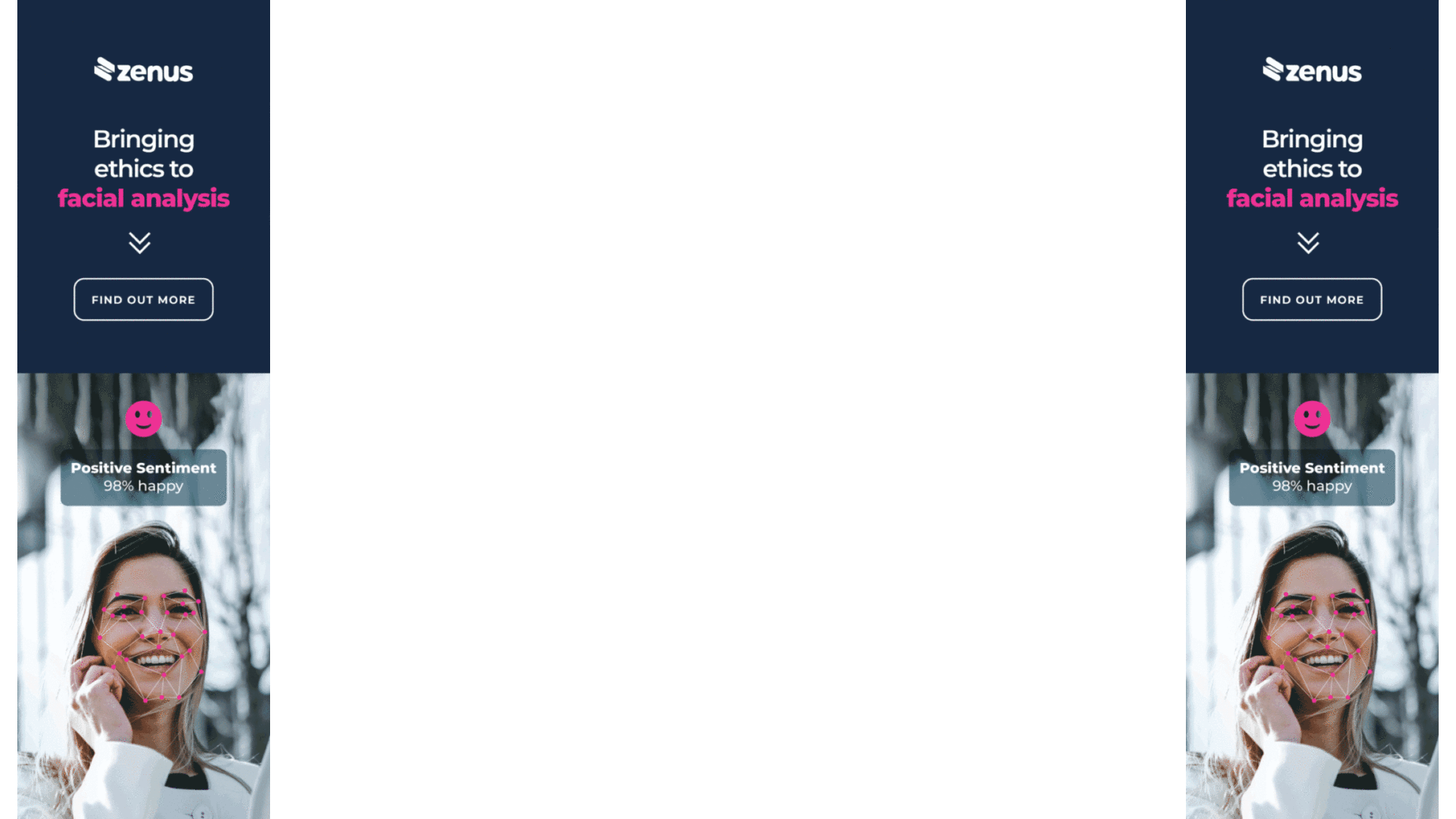Artificial Intelligence (AI) has been the stuff of sci-fi since the 1950s – think 2001: A Space Odyssey, Star Wars, Blade Runner and The Matrix. AI is now very real and it’s shaping our lives in countless ways: algorithms actively influence our purchasing decisions, the entertainment we consume, the routes we travel, and even the people we choose to date.
Andy Sexton, Partner & Creative Director at 2LK interprets his five Cs of AI – communication, control, consumption, creation and contrast – and how they will impact the future of live events and brand experiences. In the first of two articles, he shares his take on communication and control.
I’m not an engineer, no fan of sci-fi, and certainly not an AI scholar, but I’m often surrounded by emerging technology and have spent years consulting for some of the world’s smartest tech brands. Does that make me qualified to make predictions? Maybe not, but I’m keen to join the AI conversation, armed with a healthy obsession about the future of live events and brand experiences in terms of this complex and fascinating subject.
According to market intelligence firm Tractica, the Artificial Intelligence software market will skyrocket to reach US$89.8 billion in annual worldwide revenue by 2025. In the same timeframe, Forrester expects that cognitive technology will replace 7 percent of jobs in the USA. It’s real, it’s high value and it’s happening right now.
Communication
Today’s AI systems are actually relatively narrow in what they do and how they communicate. Everybody’s new best friends Siri and Alexa are perhaps the most iconic, accessible and endearing forms of AI – machines that learn, but ultimately obey. AI-powered, voice-activated apps are on the rise. With My Starbucks Barista, users pre-order their coffee of choice by talking to a virtual barista and it’s then readied for collection. Embedded AI algorithms can track purchases, recommend similar products and generate offers entirely personalised to you. These machine learning communication systems offer a pretty decent value exchange for both buyer and seller.
Similar systems will pop up in many other brand experience channels. Access to real people will become more and more limited. This could actually drive up the value of live events as opportunities to experience the human side of brands. Consumers will always want to communicate in a natural, conversational way with real people, so authentic live brand experiences will become an even more essential part of the marketing mix.
Chatbots are also on the rise, with most big brands deploying systems centred around carefully programmed ‘personalities’ trained to embody and emulate genuine brand ambassadors – witness Alibaba Cloud’s ET Brain with its own ‘face’. Live events are already employing AI chatbot and facial recognition systems for delegate registration, and we’ll soon see a rise in AI supporting pre-event marketing and post-event surveys.
Running an agency that’s obsessed with design effectiveness, that final area interests me most. Surveys traditionally consist of a static series of questions. Just imagine if we could blend – in real-time – the required methodological consistency of a controlled survey with the ability to actively adapt to customers’ responses to gain deeper, more valuable user insights.
Control
Analytic systems are now capable of tracking event attendee behaviour through iterative video evaluation. Not just their physical activity, but their emotional responses, combined with an almost scary level of demographic profiling. This goes far beyond metrics and measurement into a new realm of control.
It enables highly targeted and personalised content delivery to reflect specific audience interests. For example, my agency is now actively working with Movidius (a super low power, low-cost and small-scale AI chip) on a digital experience that uses recognition systems and real-time analytics to create playful, personalised content streams. As this tech becomes more defined, we’ll rapidly move beyond simple measurement of behavioural metrics into highly targeted digital content delivery. These personalised content streams will result in entirely new ways to blend physical and digital.
This level of user tracking also gives brands access to an amazing amount of data, which ultimately translates into control. Knowledge is power. The data economy is here. Unlike retail and hospitality, live events are exceptionally short moments in time, so the ability to measure performance and make immediate changes is like gold. Ultimately, real-time predictive analytics should allow us to iteratively improve the experience for both brand and customer.
So, who’s really in control? Many AI systems are founded on providing users with increasingly simple methods of control, through voice for example. However, I think users are ultimately losing control. Our choices are increasingly restricted, based on a computer’s perception of what it thinks we want. Amazon Echo searches only return a single audio response, rather than being an AI entity that challenges and offers us several alternatives.
Click here for part two of this series, which looks at the remaining 3Cs of AI: consumption, creation and contrast.
Written by Andy Sexton, Creative Director & Partner, 2LK
Driven by an absolute passion and commitment for effective design, Andy oversees 2LK’s intelligent, insight-led approach to creativity. From one-off tradeshow installations to global events, he directs high-level brand experience design for the likes of Canon, Cannes Lions, Fabergé, Honda, HSBC, Intel and Oracle. His vision is key to the agency’s ongoing success and shapes the award-winning work they produce. Andy is also regularly invited to write articles, speak at events and judge awards programmes.










